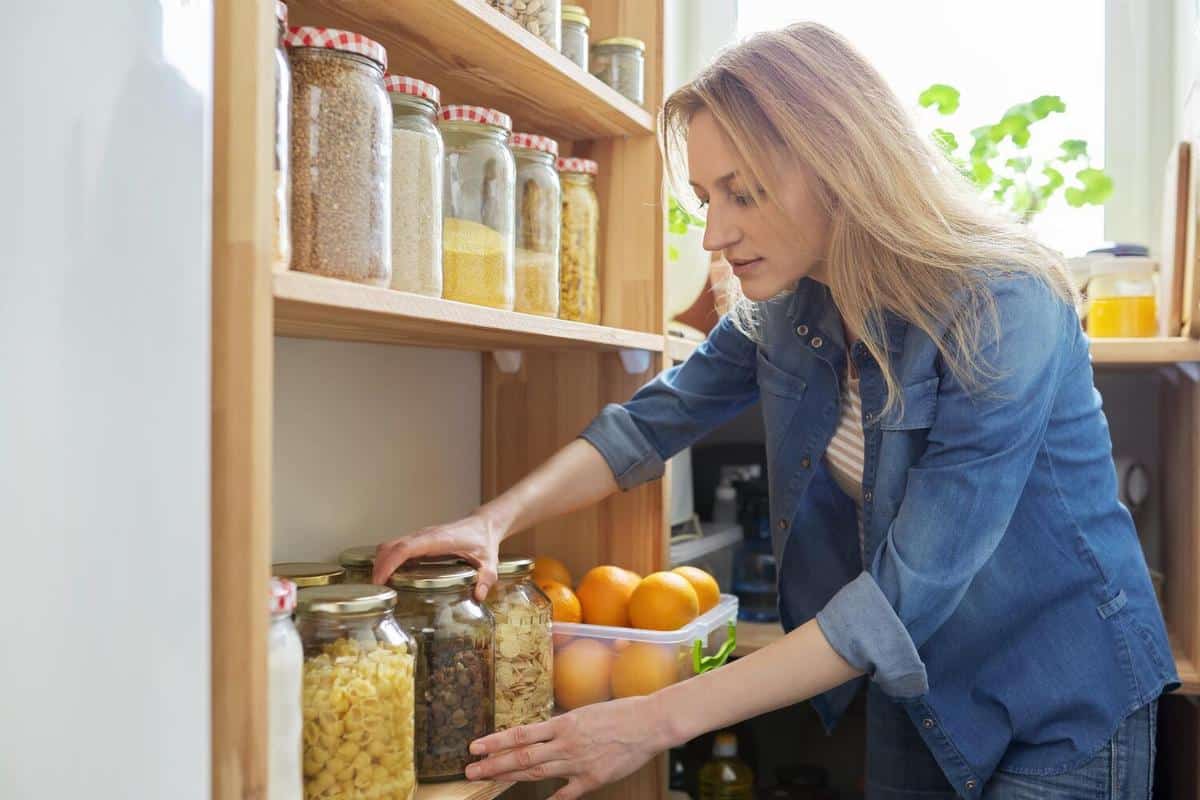
How to Reduce Food Waste in Your Home
Reducing food waste at home is not just a trend but a crucial step towards fostering a sustainable environment and conserving resources. With growing awareness around sustainability, many households are looking for practical methods to minimize waste and maximize their food usage. This article will guide you through effective strategies to cut down on food waste, backed by expert insights and actionable tips.
Food waste is a significant issue globally, with approximately one-third of all food produced going to waste, as noted by the Food and Agriculture Organization. This not only impacts the economy but also contributes to environmental degradation through increased carbon emissions from decomposing food. To combat this, experts like environmental scientist Dr. Maria Sanchez emphasize the importance of conscious consumption and better planning.
Understanding the Impact of Food Waste
Before diving into solutions, it’s crucial to understand the impact of food waste. According to the Environmental Protection Agency, food waste in the U.S. alone accounts for more than 30% of the overall waste stream. This staggering figure highlights the urgent need for action at the individual level.
Actionable Tips to Reduce Food Waste
1. Plan Your Meals
Creating a weekly meal plan helps you buy only what you need, reducing the chances of purchasing items that may go unused. You can also make use of apps and tools to organize your grocery list efficiently.
2. Store Food Properly
Proper storage can significantly extend the life of your food. For example, keeping tomatoes and bananas separate from other fruits can prevent them from ripening too quickly.
3. Get Creative with Leftovers
Leftovers don’t have to be boring. Reinvent your meals by turning last night’s dinner into today’s lunch. Stir-fries, soups, and salads are excellent ways to use up remaining ingredients.
Pro Tip: Use clear containers to store leftovers in the fridge. This makes it easier to see and remember what you have, reducing the likelihood of food going uneaten.
4. Compost If You Can
Composting is a great way to recycle food scraps and turn them into nutrient-rich soil for your garden. Even if you have limited space, small compost bins can fit in most kitchens.
| Food Item | Storage Tip | Average Shelf Life |
|---|---|---|
| Bread | Store in a cool, dry place | 1 week |
| Apples | Refrigerate in a crisper drawer | 4-6 weeks |
| Carrots | Store in a perforated plastic bag | 3-4 weeks |
| Bananas | Keep at room temperature | 2-5 days |
| Tomatoes | Store at room temperature until ripe | 1 week |
| Milk | Keep in the coldest part of the fridge | 1 week |
| Cheese | Wrap in parchment paper | 1-4 weeks |
| Eggs | Store in the original carton in the fridge | 3-5 weeks |
FAQ
How does meal planning help reduce food waste?
Meal planning helps you buy only what’s necessary, reducing the likelihood of food going unused or expiring before use.
What are some simple ways to start composting at home?
Start with a small compost bin in your kitchen to collect food scraps. Once full, transfer it to a larger outdoor compost pile or bin if available.
By implementing these strategies, you not only contribute to reducing food waste but also save money and resources. Start small by incorporating one or two changes, and gradually expand your efforts. Remember, every little bit helps, and together we can make a significant impact on creating a sustainable food system.